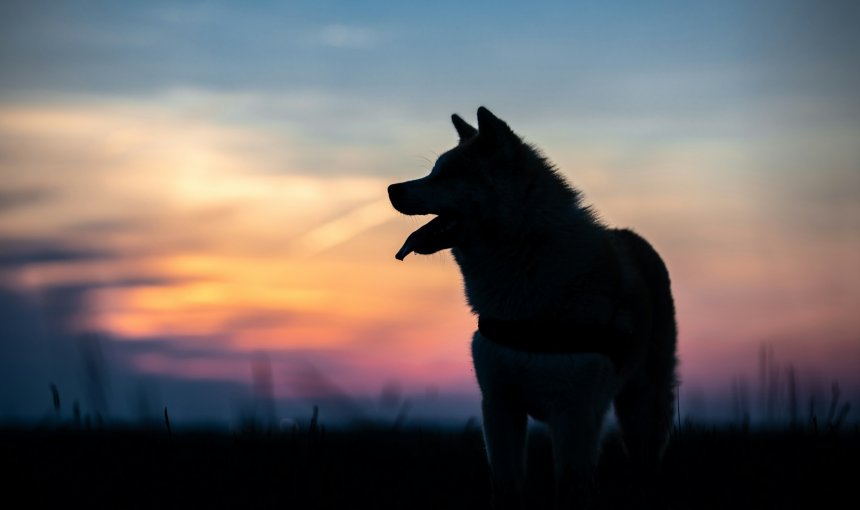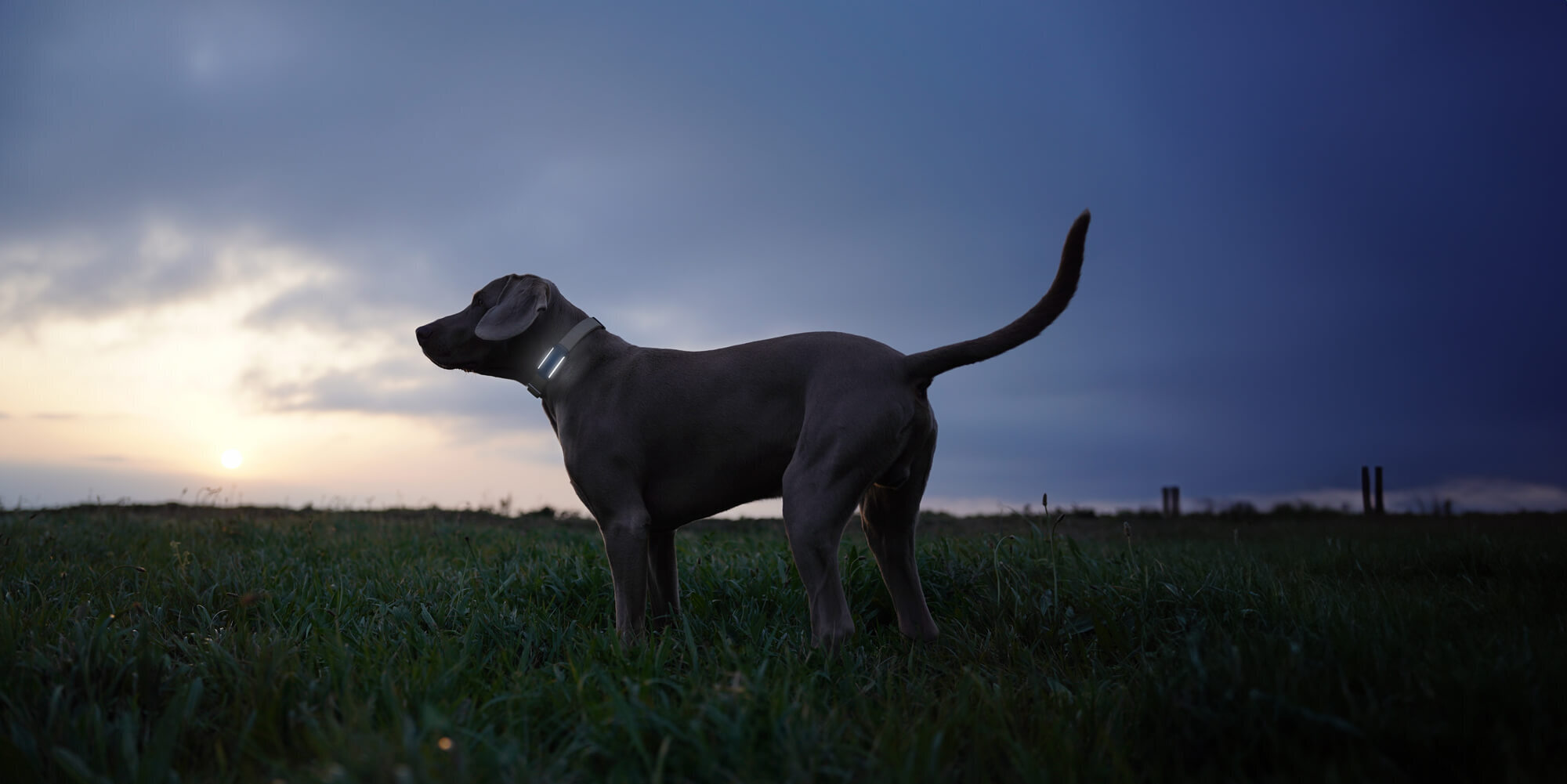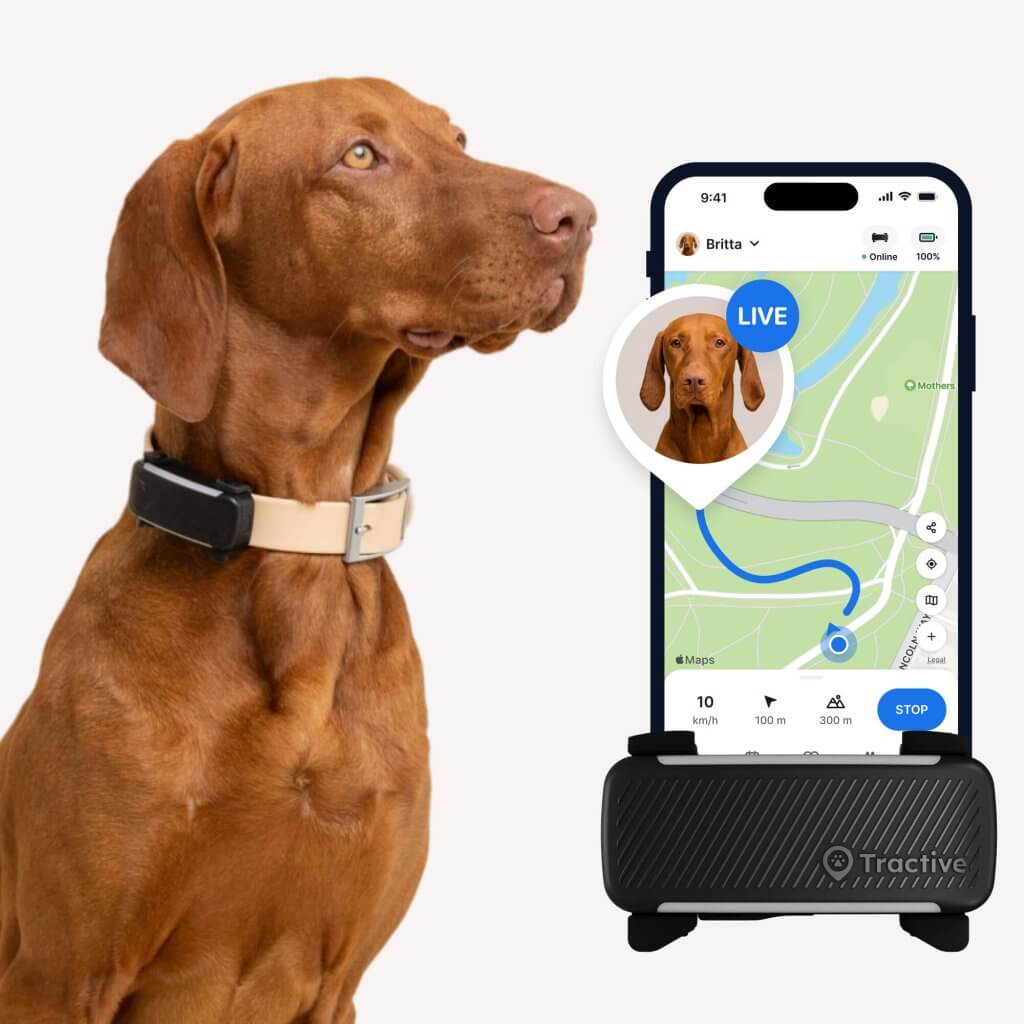Where Do Lost Dogs Go At Night
Dogs who are lost at night might behave differently than lost dogs in the day. Here are some tips for figuring out where a lost dog may have gone at night - and what you can do to bring them home.

When your furry friend goes missing, one of the scariest times is nightfall. You can’t help but wonder—Where did they go? Are they safe? Are they scared? Understanding where lost dogs tend to go at night can help you better search for them—and prevent them from getting lost again. In this article, we’ll explore what a lost dog might do after sunset, why nighttime is so different, and how you can track them down safely and quickly.
Key takeaways
- Lost dogs often seek shelter, follow familiar scents, or stay close to places they know.
- Nighttime is quieter, which can both calm and confuse a lost dog.
- Your dog’s personality affects how far they may wander and where they hide.
- A GPS dog tracker can help you track your dog in real time—even in the dark.
- Knowing common places dogs hide at night can speed up your search.

Always know your buddy is healthy & safe
Read moreWhy dogs behave differently at night when lost
Nighttime changes everything—for people and dogs. When the sun sets, it gets cooler and quieter. That calm environment might actually make a lost dog feel safer to move. Or it could make them more disoriented, especially if they rely on visual landmarks to navigate.
Lost dogs at night might:
- Move more freely due to fewer people and cars.
- Hide and stay quiet to avoid danger.
- Wander in search of food, water, or familiar smells.
Some dogs may go into “survival mode” quickly1—especially if they’re anxious or have never been alone before. Others may curl up in one spot, waiting for their pet parent to come.
Where do lost dogs go at night?
There’s no one-size-fits-all answer when it comes to where lost dogs go at night. Where they end up depends on a lot of factors – from your dog’s disposition to their surroundings. Depending on how long they’ve been gone, they may seek out shelter, food, a familiar scent, or something else that rouses their curiosity2.
In general, here are some of the most likely places your pup might go if they’re lost at night:
- Under porches, decks, or sheds – These offer shelter and darkness.
- Near familiar locations – Dogs often circle back to places they know, like a park or neighbor’s yard.
- Along walking routes – If you walk your dog the same route daily, they might follow that path.
- Open fields or wooded areas – Especially for adventurous or high-energy dogs.
- Industrial zones or farms – These areas often have food smells or open buildings.
Dogs may also be drawn to other dogs or people who give off a calm, familiar vibe. It’s not uncommon for a dog to be found in a stranger’s backyard—or even curled up on someone’s porch.
Factors that influence how far a dog goes
Not all dogs behave the same way when lost. Here’s what affects how far (and where) they go:
- Temperament and personality
- Shy or timid dogs: More likely to hide nearby.
- Confident or curious dogs: Might roam farther or explore unfamiliar spaces.
- Surroundings
- Urban areas might limit how far a dog can travel, but offer more hiding spots.
- In rural areas, dogs may cover long distances more quickly.
- Weather: Rain, wind, or cold temperatures may encourage dogs to seek shelter sooner and stay in one spot overnight.
- Time since getting lost: If your dog’s only been gone a few hours, they may still be close. The longer they’ve been out, the farther they might have gone—especially if they’ve been spooked or chased.

How to find your dog at night
Searching for a lost dog at night can feel overwhelming—but there are steps you can take to help bring them home faster:
1. Use a GPS tracker
If your dog is wearing the Tractive GPS & Health Tracker, you’re already ahead. The tracker offers:
- LIVE Tracking to see your dog’s location in real time—even in the dark.
- Location History so you can check where they’ve been.
- Virtual Fences to alert you if they leave a safe zone.
- Light & Sound to help you see or hear your dog in low-visibility conditions.
- Radar Mode to pinpoint your dog’s location at a close distance.

Keep track of your dog’s daily adventures
Follow every step with unlimited range Live Tracking. Get alerts if they wander too far. Keep them happy & healthy with Activity & Sleep Monitoring. Get Health Alerts if something seems off.
2. Bring a flashlight and call calmly
Avoid shouting—it could scare your dog off. Instead:
- Use a soft, friendly tone.
- Bring something that smells like home (a blanket or your shirt).
- Bring treats or squeaky toys to grab attention.
3. Check common hiding spots
Dogs can be experts at hiding. Start close to home, then expand your search gradually. Look under porches, behind buildings, in sheds or garages, and along fences. If you have a Tractive dog tracker, check the Location History feature to see where your dog tends to go or hangout. Those clues are a good place to start.
4. Ask neighbors and local shelters
Lost dogs often wander into someone’s yard—or are picked up by a good samaritan and taken to a shelter. Let local shelters and vet clinics know your dog is missing.
For more helpful advice, check out our guide on How To Find A Lost Dog And Bring Them Home Fast
How to prevent your dog from going missing again
Finding a lost dog is a huge relief—but preventing a repeat is even better. Here’s how:
- Secure your yard: Reinforce fences and check for escape routes.
- Leash up on walks: Even well-trained dogs can get startled.
- Use a GPS tracker: With the Tractive GPS & Health Tracker for dogs, you’ll always know where your dog is.
- Train recall commands: Practice regularly so your dog comes when called—even when distracted.
- Microchip and ID tag: These help shelters and vets identify your dog faster.
Remember, just because it’s night doesn’t mean your dog is lost forever. When your dog is missing, nighttime can feel extra daunting. But knowing how dogs think and where they’re likely to go can ease your worry—and speed up the reunion.




